If you love to know about prehistoric animals, then you’ve probably heard about giant armadillos. These creatures roamed the earth millions of years ago, and they were a vital part of the ecosystem. Today, they’re extinct, but they’ve left behind a rich legacy of how they were used by indigenous cultures in the prehistoric times. In recent years, scientists have discovered many surprising ways that the natives used the giant armadillo to survive, which may even led to their extinction.
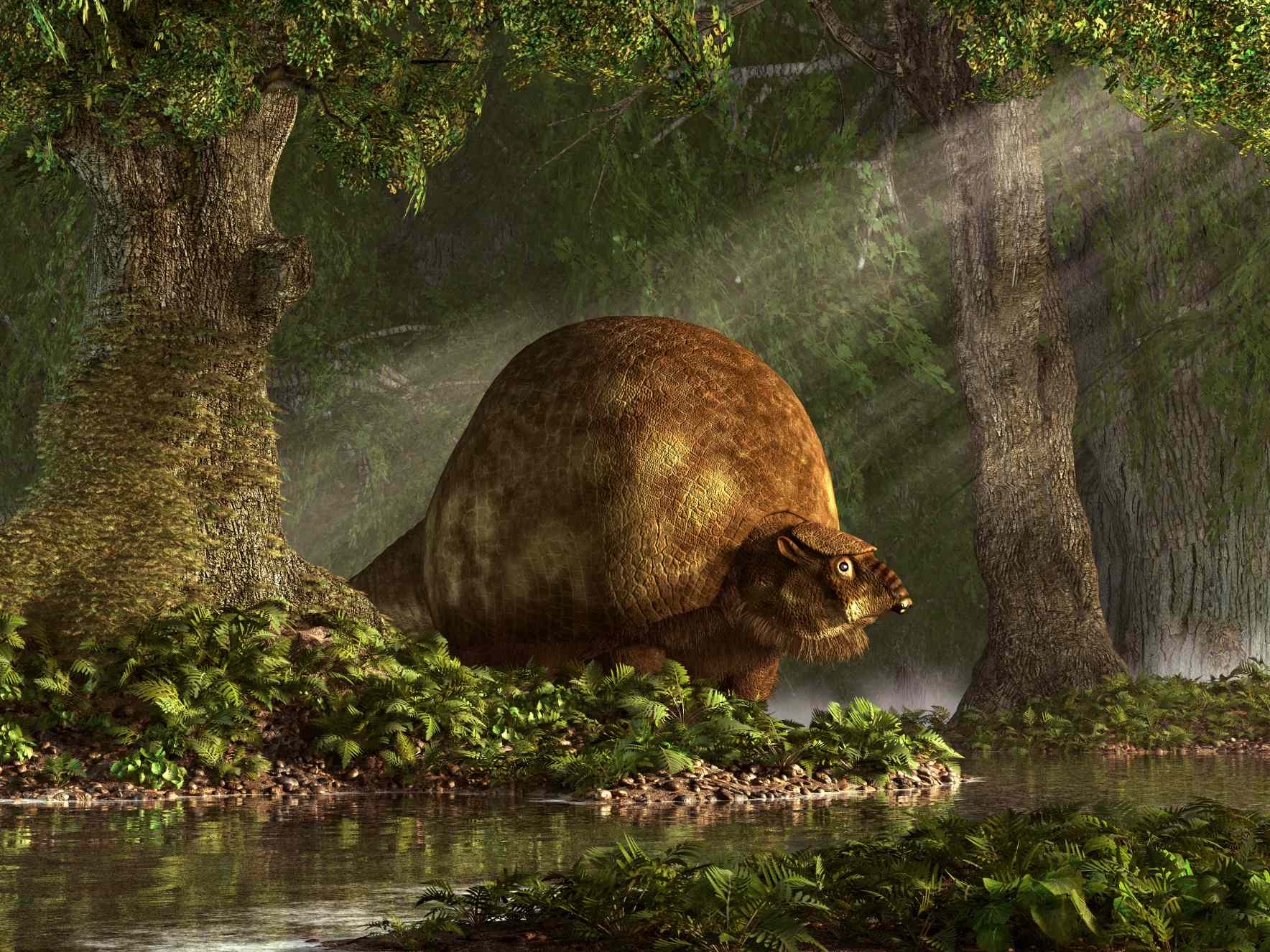
Giant armadillos in Paleontology
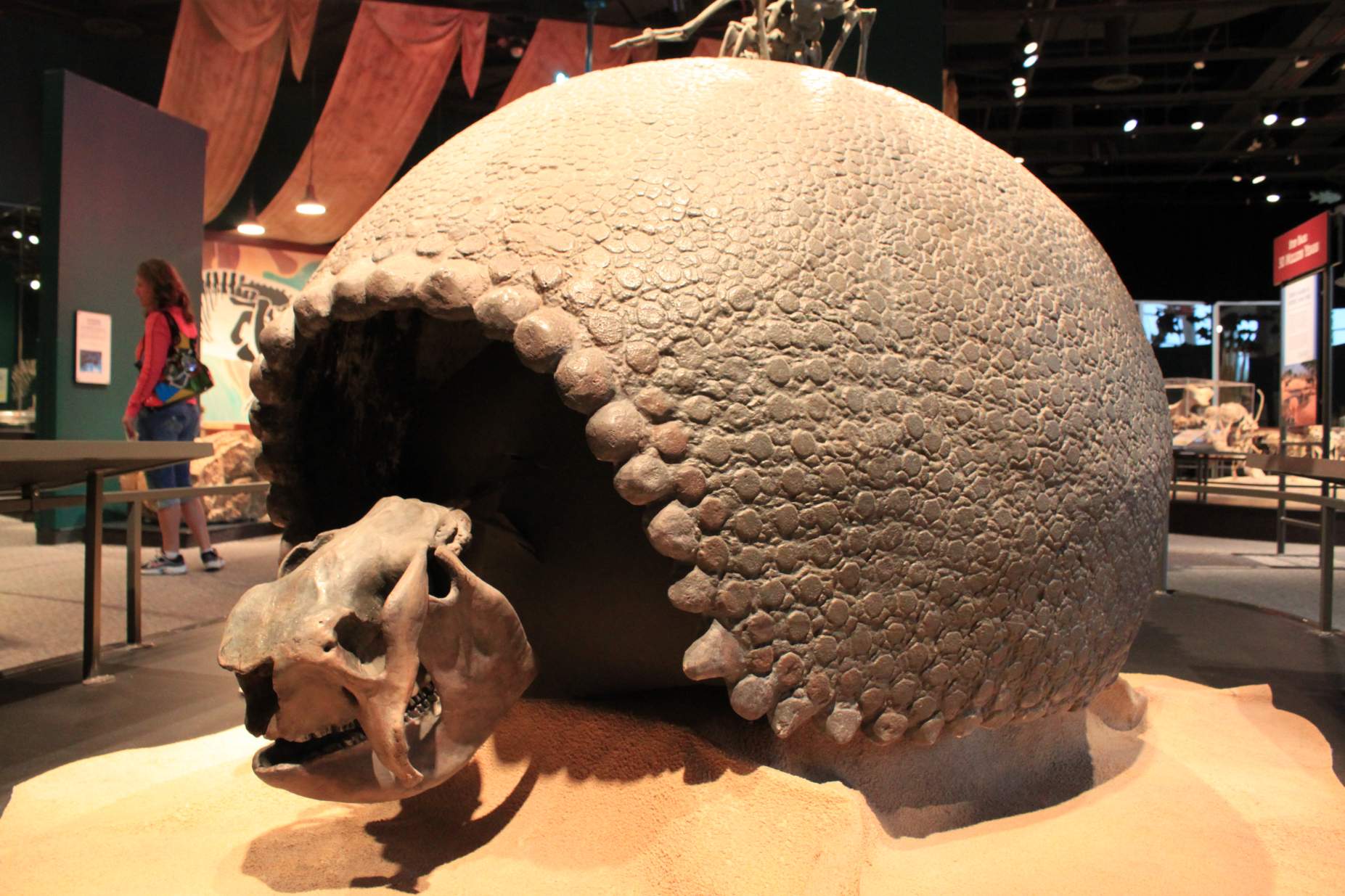
Giant armadillos belong to the family of Glyptodontidae, a group of extinct mammals that lived in South America during the Pleistocene epoch. They were massive animals, weighing up to 1,500 pounds and measuring up to 10 feet in length. They had a unique bony armor that protected them from predators and provided them with a formidable defense mechanism.
Paleontologists have discovered several species of giant armadillos, including Glyptodon, Doedicurus, and Panochthus. These species had different physical characteristics, but they all shared the same armor and were herbivores.
The physical characteristics of giant armadillos
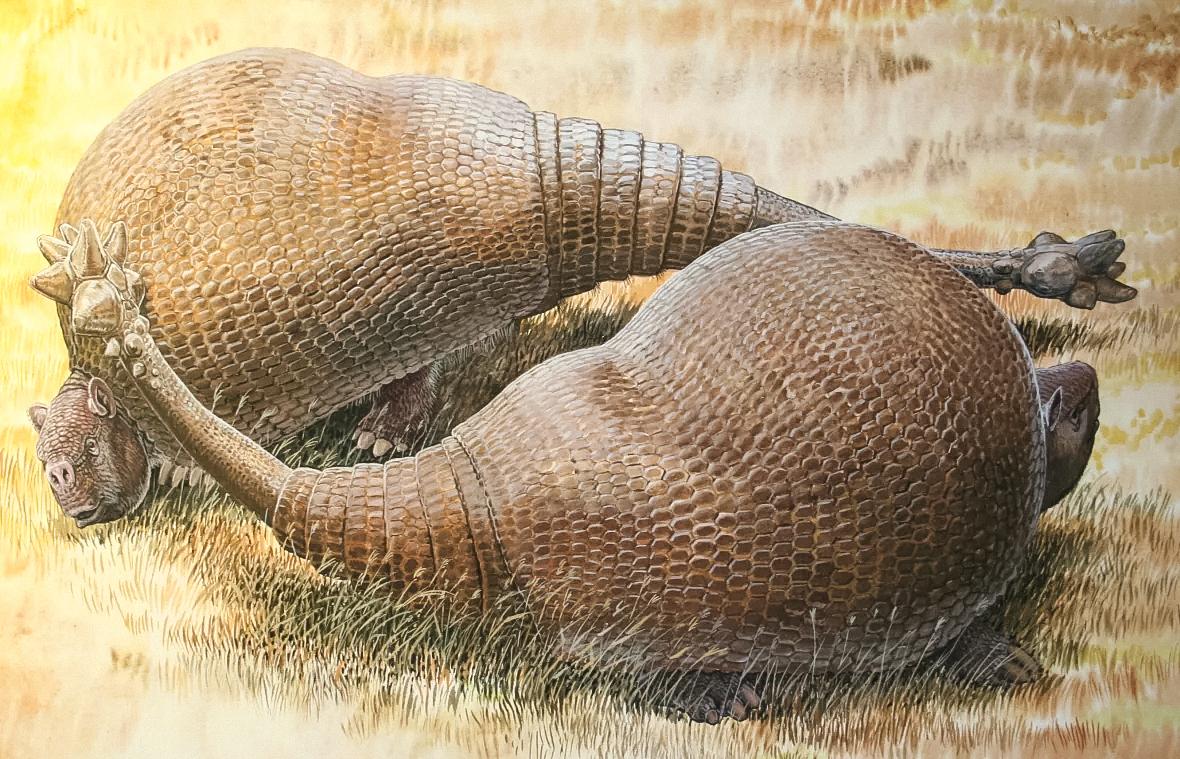
Giant armadillos were unique creatures with several incredible physical characteristics. They had a thick bony armor shell that grew to be as large as a Volkswagen Beetle and covered their entire body, including their head, legs, and tail. This armor was made up of thousands of bony plates that were fused together, providing them with a formidable defense mechanism against predators.
Their claws were also unique, and they were used for digging burrows, finding food, and defending themselves against predators. They had a long snout that they used for foraging, and their teeth were designed for grinding vegetation.
The habitat and distribution of giant armadillos
Giant armadillos were found in South America, particularly in the grasslands and savannas. They preferred areas with rich vegetation and water sources and were often found near rivers and lakes.
They were also known to dig extensive burrow systems that they used for shelter and protection. These burrows were often several feet deep and provided them with a safe haven from predators and extreme weather conditions.
The use of giant armadillos in indigenous cultures
Giant armadillos played a vital role in the lives of indigenous cultures in South America. They were hunted for their meat, which was a valuable source of protein. The natives also used their shells for various purposes, such as making shelters, tools, and even musical instruments.
In some cultures, the bony armor of giant armadillos was also used for religious and spiritual purposes. They believed that the armor had protective properties and could ward off evil spirits.
The role of giant armadillos in the ecosystem
Giant armadillos were herbivores, and they played a critical role in the ecosystem by helping to maintain the balance between vegetation and other herbivores. They were known to eat tough, fibrous plants that other herbivores couldn’t digest, and they helped to spread seeds throughout their habitat.
Their burrows also provided shelter for other animals, such as rodents, reptiles, and birds. Their burrow systems were often so extensive that they could be used by several different species at the same time.
How the giant armadillos went extinct?
The exact reason why giant armadillos went extinct is still unknown, but scientists believe that human hunting played a significant role. When humans arrived in South America, they hunted many of the large mammals, including giant armadillos, to extinction.
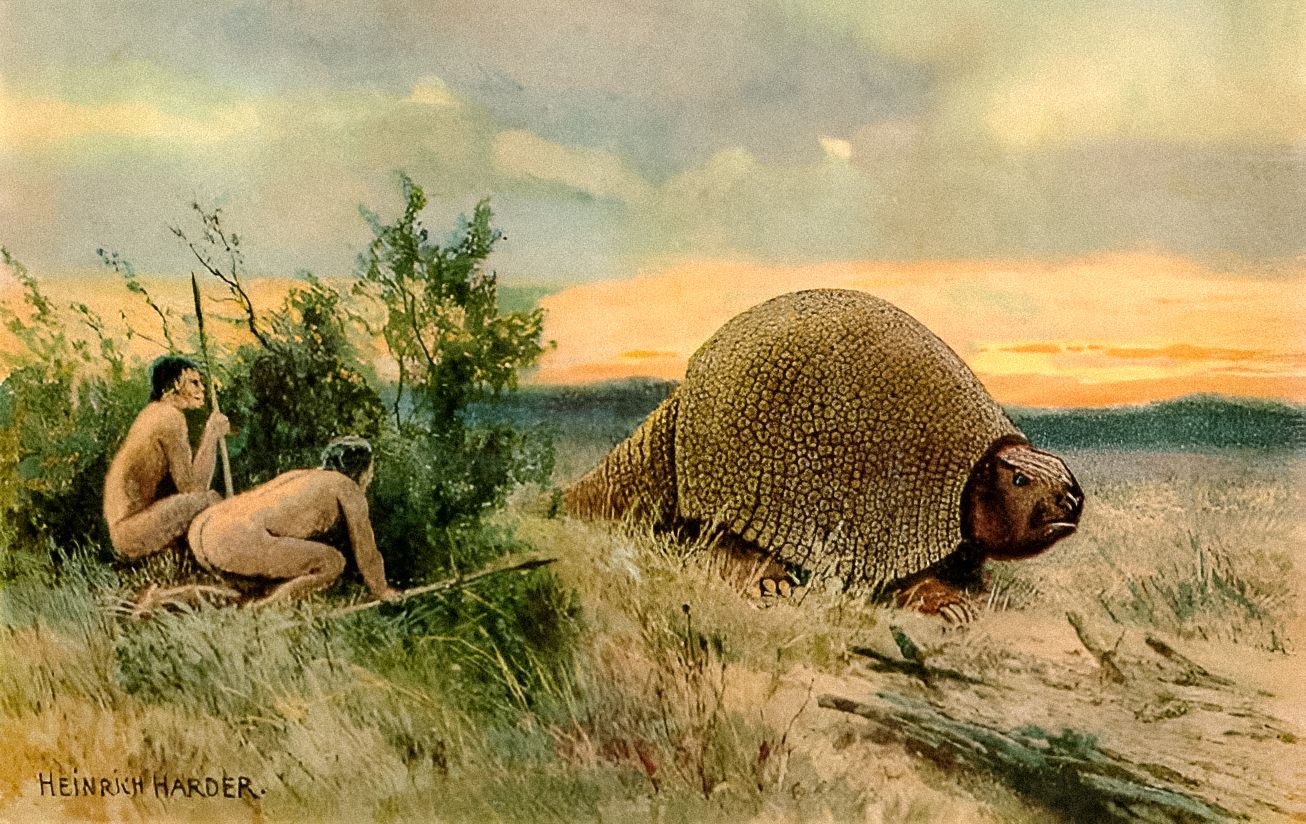
The loss of these animals had a significant impact on the ecosystem, and it took thousands of years for the ecosystem to recover. Today, the only evidence of their existence is their massive bones and the legacy they left behind in the cultures that depended on them for survival.
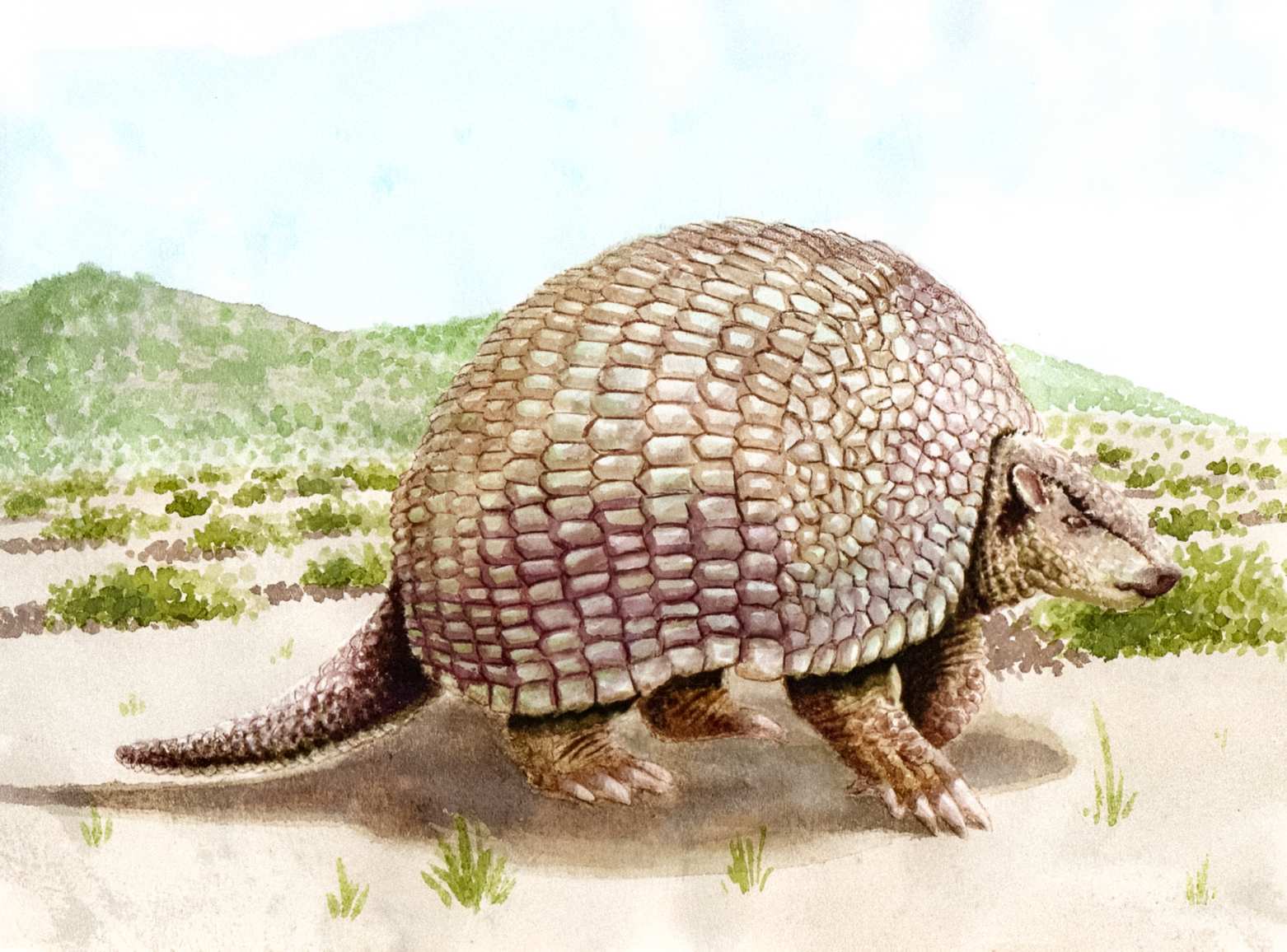
Humans hunted mammals to extinction in North America
Just like South America, North America was once home to many large mammals, such as mammoths, mastodons, and ground sloths. However, around 13,000 years ago, these animals started to disappear. Scientists believe that human hunting was one of the leading reasons behind their extinction.
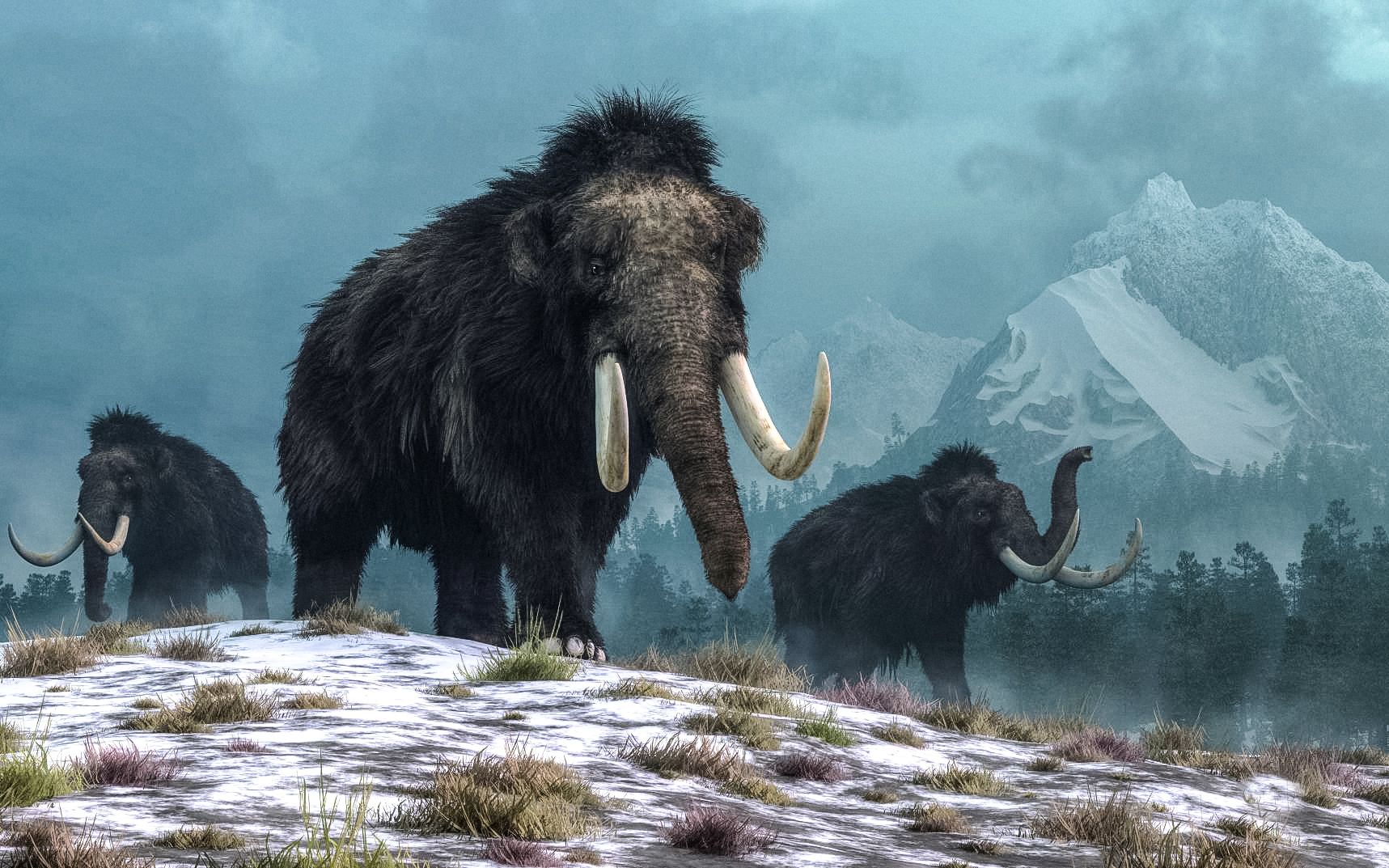
The arrival of humans (Paleolithic hunter-gatherers) in North America was a turning point in the ecosystem’s history, and it took several millennia for the ecosystem to recover from the loss of these unique eco-friendly animals.
The arrival of humans in North America is believed to have occurred over 15,000 to 20,000 years ago (33,000 years ago, according to some sources) through a land-bridge that connected present-day Siberia, Russia, and Alaska, known as the Bering Strait. This migration was a significant event that shaped the history of the continent and altered the ecosystem in ways that are still being studied by scientists to this day.
One of the most significant impacts of human arrival in North America was the introduction of new species such as horses, cattle, pigs, and other domesticated animals that were brought along with the settlers. This led to changes in the vegetation and soil composition, resulting in the displacement of native species and series of ecological shifts.
The human population in North America also caused several environmental impacts through agriculture, hunting, and deforestation, resulting in the extinction of various animal species, including mammoths, giant ground sloths, and saber-toothed tigers.
Despite causing significant ecological changes, humans also introduced new agricultural methods, advanced technologies and created new economies that improved their quality of life. As such, the arrival of humans in North America cannot be viewed only from a negative perspective but has also brought about significant positive impacts on the region.
The current status and conservation of giant armadillos
Unfortunately, prehistoric giant armadillos are extinct, and there are no living specimens left. However, their legacy lives on in the cultures that depended on them for survival and the scientific community that studies them to understand the ecosystem’s history.

Today, there are several conservation efforts to protect the habitats of other armadillo species, such as the six-banded armadillo and the pink fairy armadillo. These efforts are critical in maintaining the balance of the ecosystem and preserving these unique animals for future generations.
Final words
Giant armadillos were fascinating prehistoric creatures that played a vital role in the ecosystem and the lives of indigenous cultures. They were hunted to extinction by humans, and their loss had a significant impact on the ecosystem’s history. Today, we can learn from their legacy and work towards protecting other armadillo species and preserving the balance of the ecosystem.




